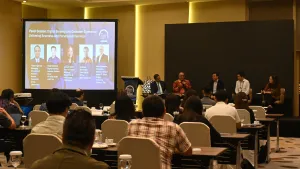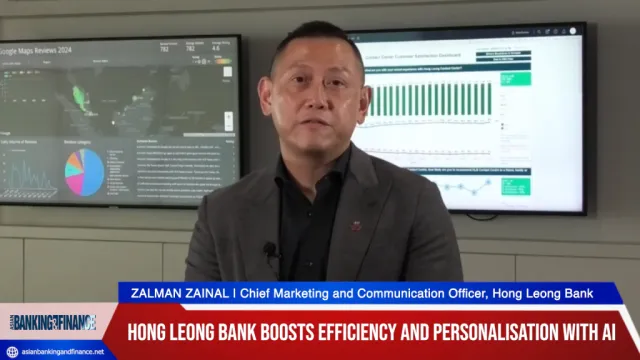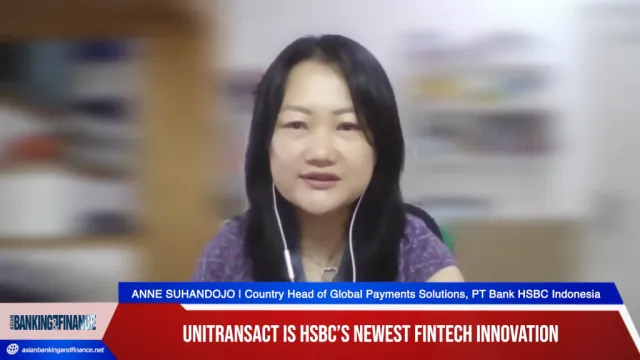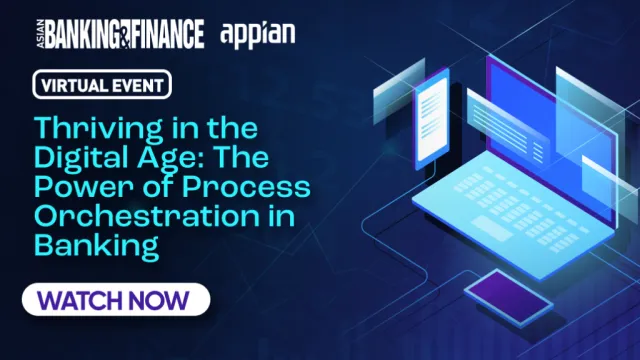
Maximizing the cloud in financial institutions
By Chip SalyardsVirtually every industry today is considering migrating to the cloud. More so, considering the potential benefits and its impact on the way technology is delivered to the end user.
Like most sectors, financial institutions can benefit from the impact of cloud computing, creating a more flexible business model to meet the growing business needs in a dynamic and competitive landscape.
Although cloud computing is not a new concept for financial institutions, the sector has been slow in adopting the technology due to concerns around costs, reliability issues, and compatibility with legacy systems.
With no single cloud computing service model to meet the specific challenges and varied business objectives, many financial institutions are looking to combine the elements of private and public cloud infrastructures through a hybrid cloud configuration.
A recent Forrester Consulting cloud survey, commissioned by BMC Software, reinforced the growing popularity of a hybrid cloud configuration where 37% of respondents indicated that this was their preferred cloud environment.
Although hybrid cloud computing has significant benefits, financial institutions are conscious of their obligations to protect confidential data, ensure ongoing application availability, and meet corporate governance and industry compliance regulations, among other concerns.
In fact, one of the most common questions is how they can maximize the value of their cloud solution. What are the essential steps for cloud transition; how should they select a cloud provider; what are some of the compliance issues involved?
The reassuring answer is that effective cloud transition is about taking practical steps that cover policy and compliance management, conducting frequent internal and external evaluation of practices and capabilities, and essentially due diligence across all aspects.
I’ve highlighted three examples to guide IT decision makers in maximizing the value of cloud computing.
Key to this is selecting specific workloads to transition to the cloud. Financial institutions can do so efficiently and accurately by classifying existing and new application workloads based on their unique requirements.
By doing so, financial institutions will be able to ascertain if specific workloads will remain compliant if hosted outside the organization. Additionally, financial institutions will gain visibility into the makeup of their cloud environment based on what gets housed in the private and public cloud.
As financial institutions transition specific workloads to the cloud, it is critical to pay special attention to the various compliance rules with regards to the overall industry.
Often, it is not enough to show that you are in compliance, but rather to show you have a workflow or defined “process” to ensure that you remain in compliance.
So how do financial institutions transition to the cloud while ensuring that services remain compliant with regulations? The answer is to use a strategy based on Business Service Management (BSM), a comprehensive approach and unified platform for running IT.
Financial institutions can leverage BSM processes and solutions to manage their internal infrastructure by extending them to the cloud.
Lastly, when selecting a cloud service provider, IT decision makers have several aspects to evaluate, including the ability to deliver continuous service of their business-critical applications.
For example, some financial institutions are not aware that cloud service providers can actually improve their existing disaster recovery program through duplicating their data across geographically distributed servers, which reduces chances of data loss. This potentially offers a better degree of business continuity than housing data in onsite servers and storage devices.
Although there are several key considerations for financial institutions as they transition to the cloud, these three examples provide practical steps of how companies can maximize the value of cloud computing through simple, due diligence across all layers.
With the increasing business value of cloud computing, and the technological advances made by cloud providers, now is the time for financial institutions to maximize the value that cloud computing has promised for so long.
Chip Salyards, Vice President - Asia Pacific, BMC Software














 Advertise
Advertise










